You can contact LEARNZ, part of CORE Education, at:
Postal Address:
PO Box 13 678,
Christchurch 8141,
New Zealand
Trains are big, powerful, and fast. This makes them ideal for moving people and freight around the country. But it also means we need to be safe when near the rail network.
Trains are a safe way for people to travel in New Zealand and throughout the world. The railway is also a safe way to transport goods around the country.
Trains always have right of way over vehicles and pedestrians. You can get a fine for not giving way to trains and other railway vehicles. If you do not follow warning signs and cross in front of a train, the train driver will record your details and pass them on to Police.
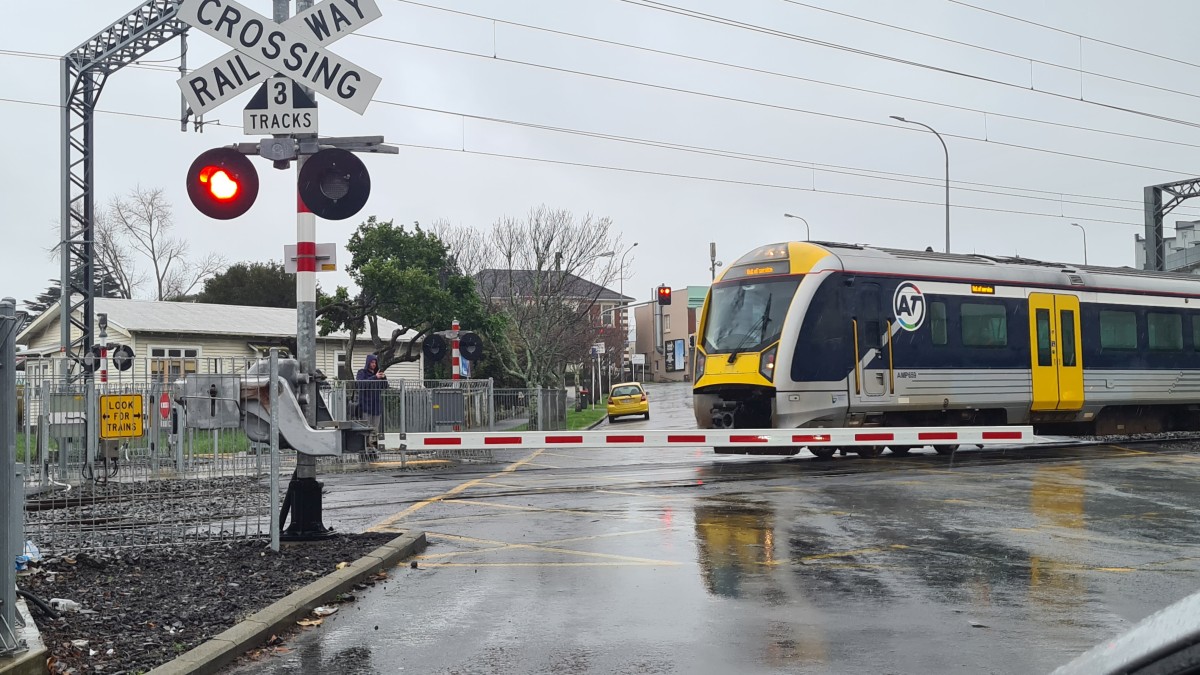
Trains can travel at any time of the day or night. Expect a train at any time and always check the railway line is clear of trains before crossing.
A freight train is heavy and can weigh up to a thousand tonnes.
Trains can travel up to 100kms an hour. It is difficult for people to judge the speed of trains. If you see a train coming, you should wait for it to pass, no matter how far away you think it is.
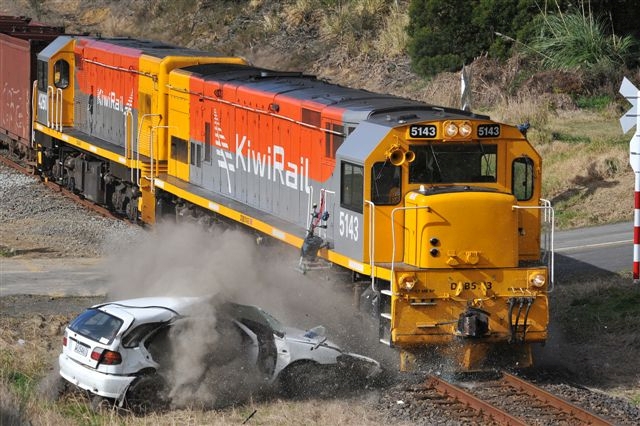
Because trains are heavy and fast, they cannot stop in a hurry. In fact, a freight train can take up to a kilometre before it can come to a complete stop. A train sits on rails and cannot swerve to miss an object that may be on the tracks. Therefore, a motor vehicle must always give way to a train or other railway vehicle.
You may not hear a train coming so take care at rail crossings and train stations.
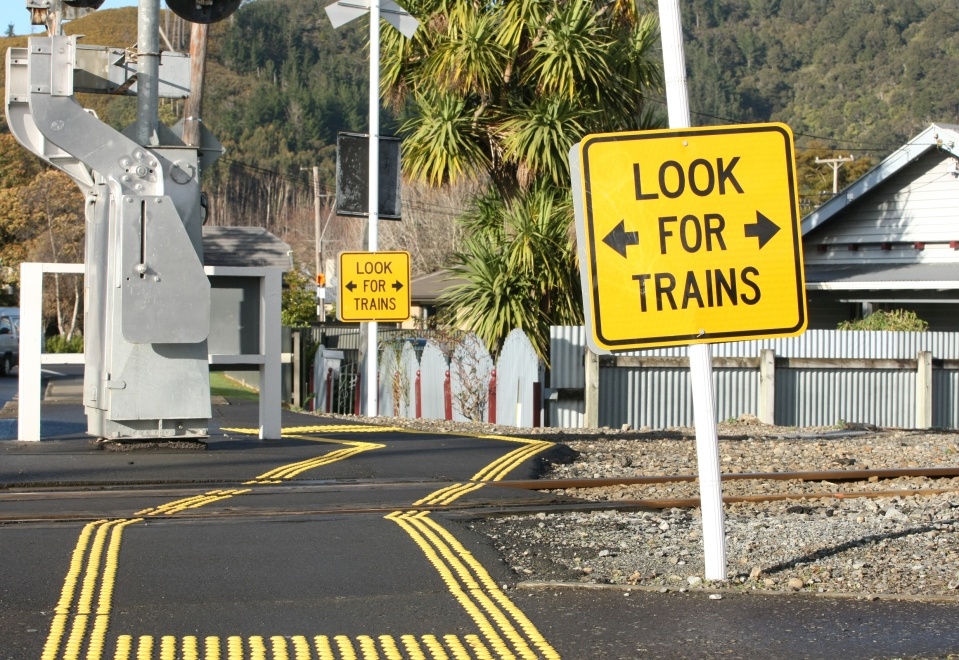
Trains can cause harm if people do not follow the warning signs and give way to trains.
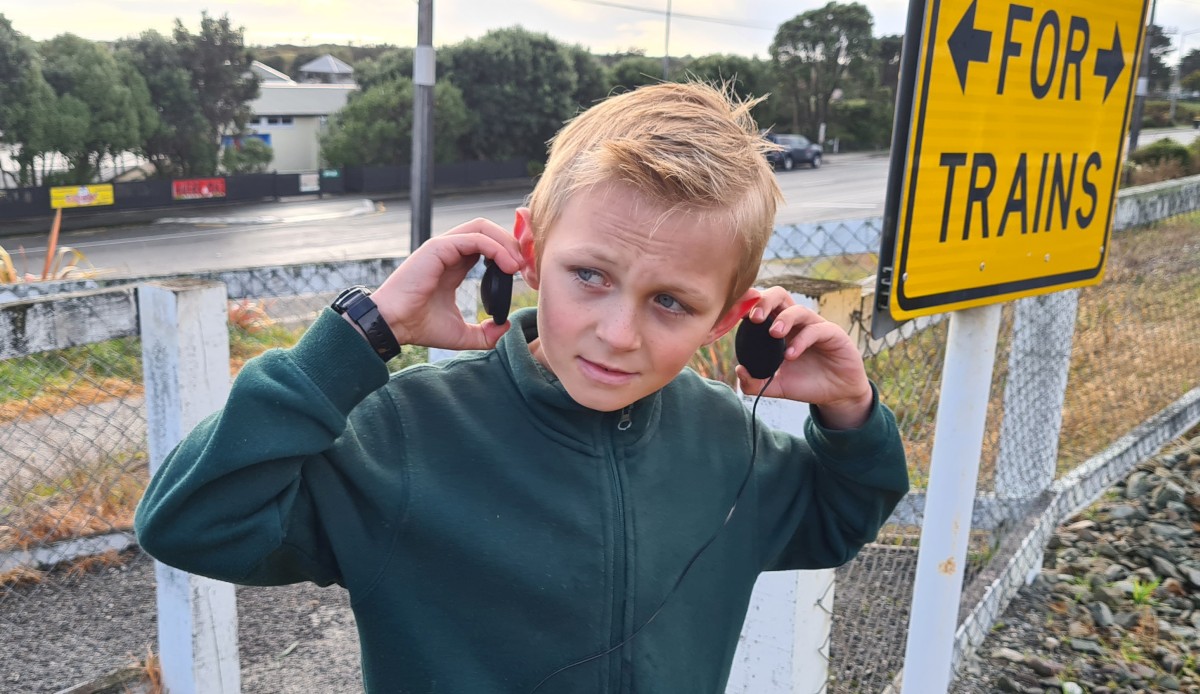
Remember electric trains are quiet and you may not hear them coming.
Stay well clear of overhead electric train lines.
Never touch electric overhead lines or throw objects at them. Electricity can pass through objects and electrocute you without having touched the overhead wires.
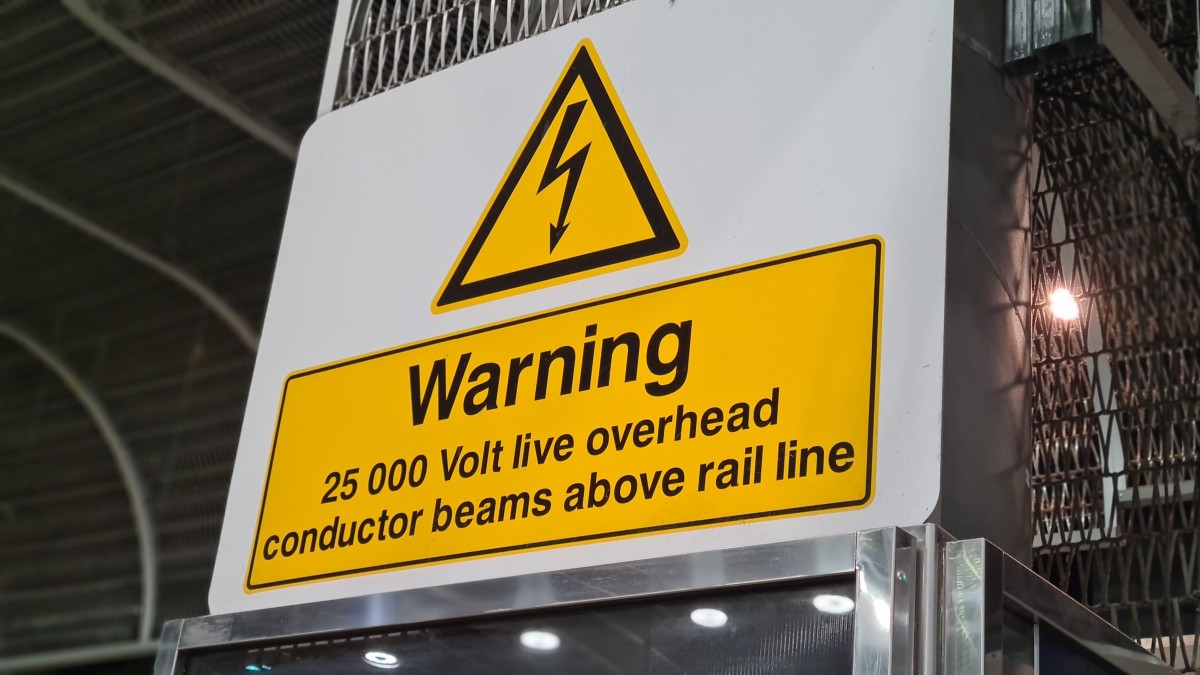
When using any form of transport, it is important to consider others and show respect.
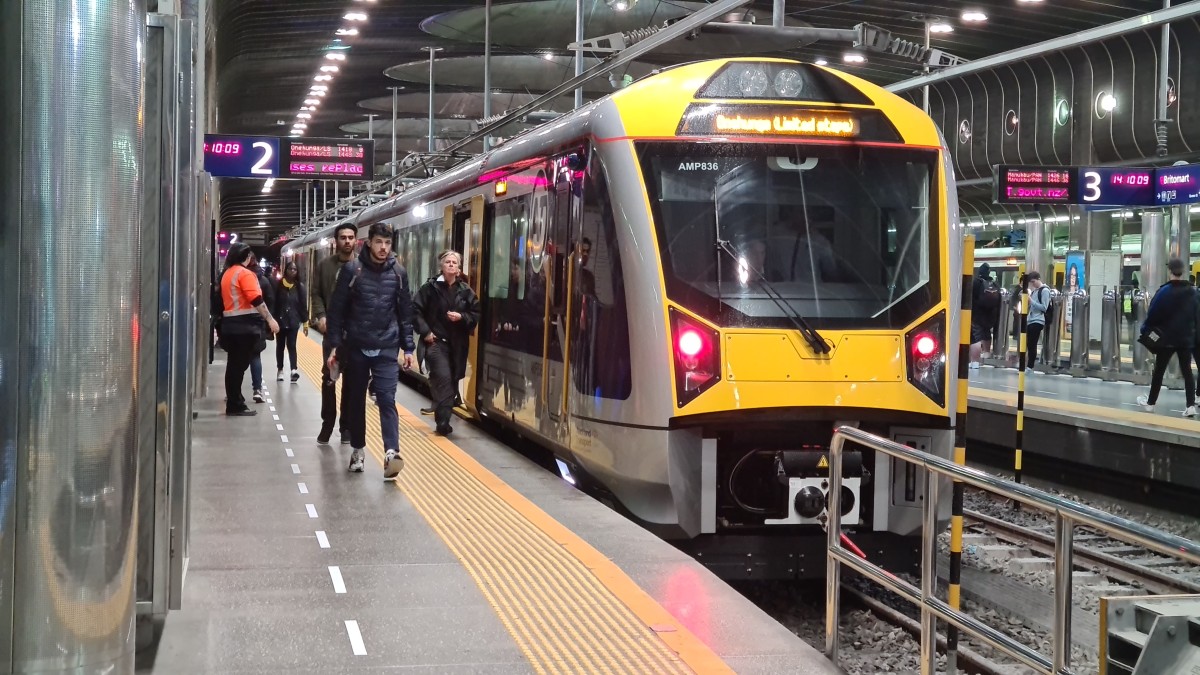
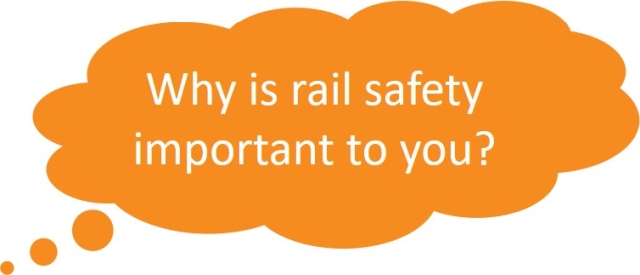
Try the safety around trains quiz